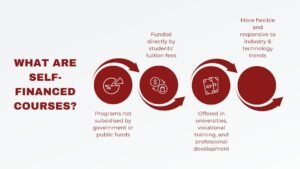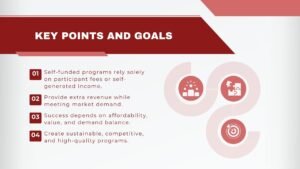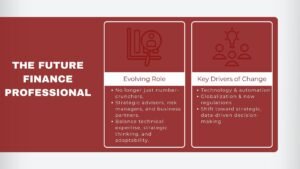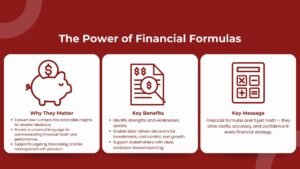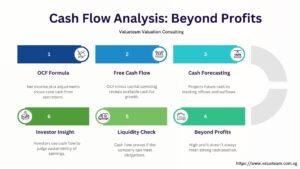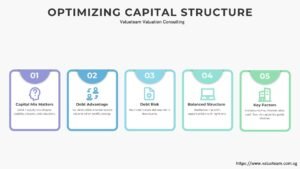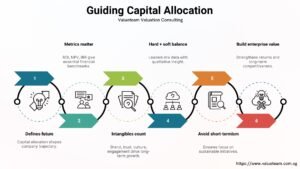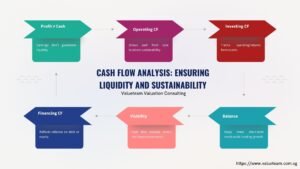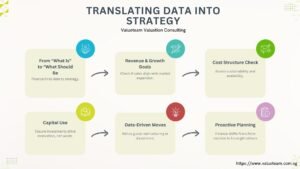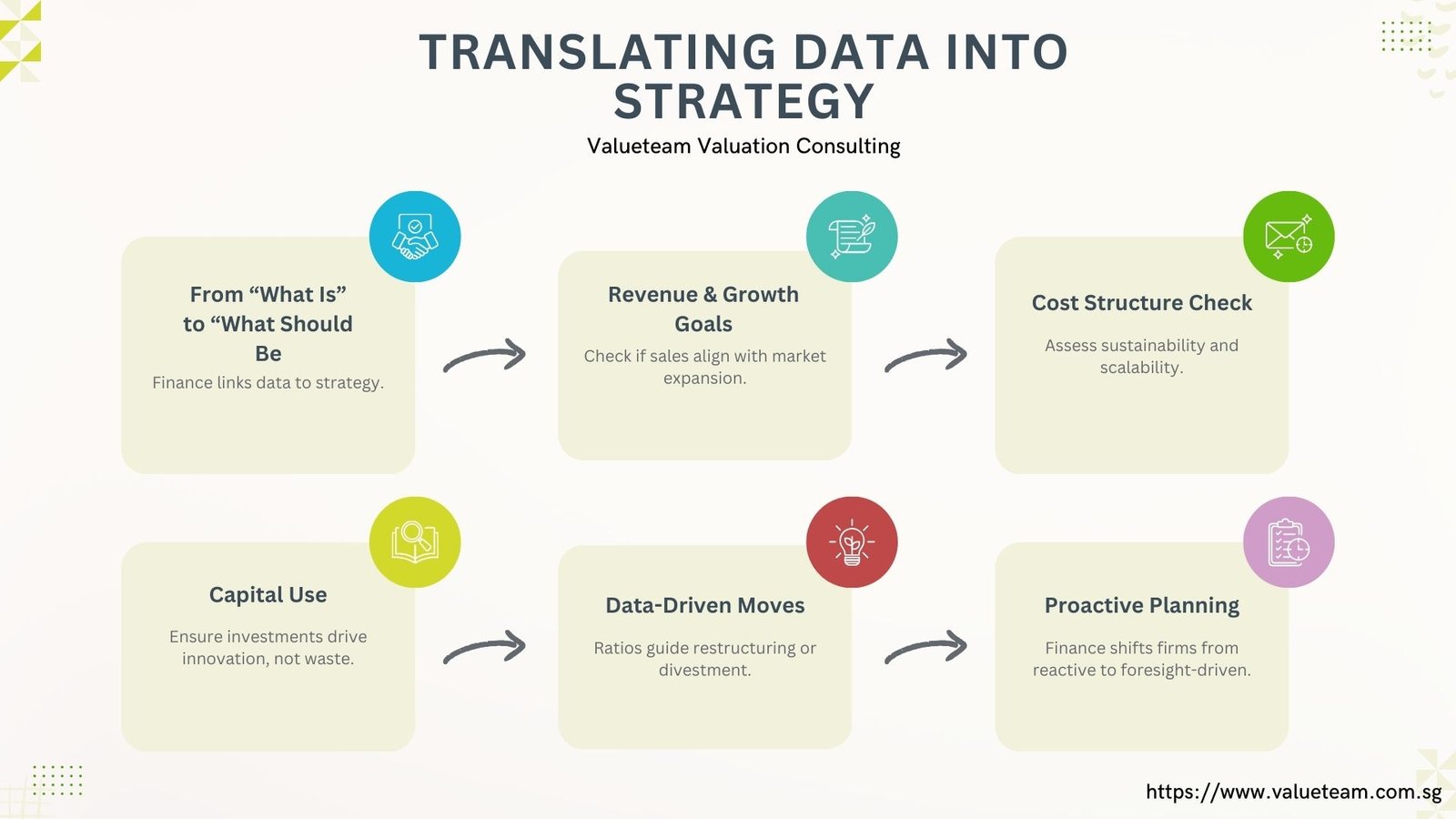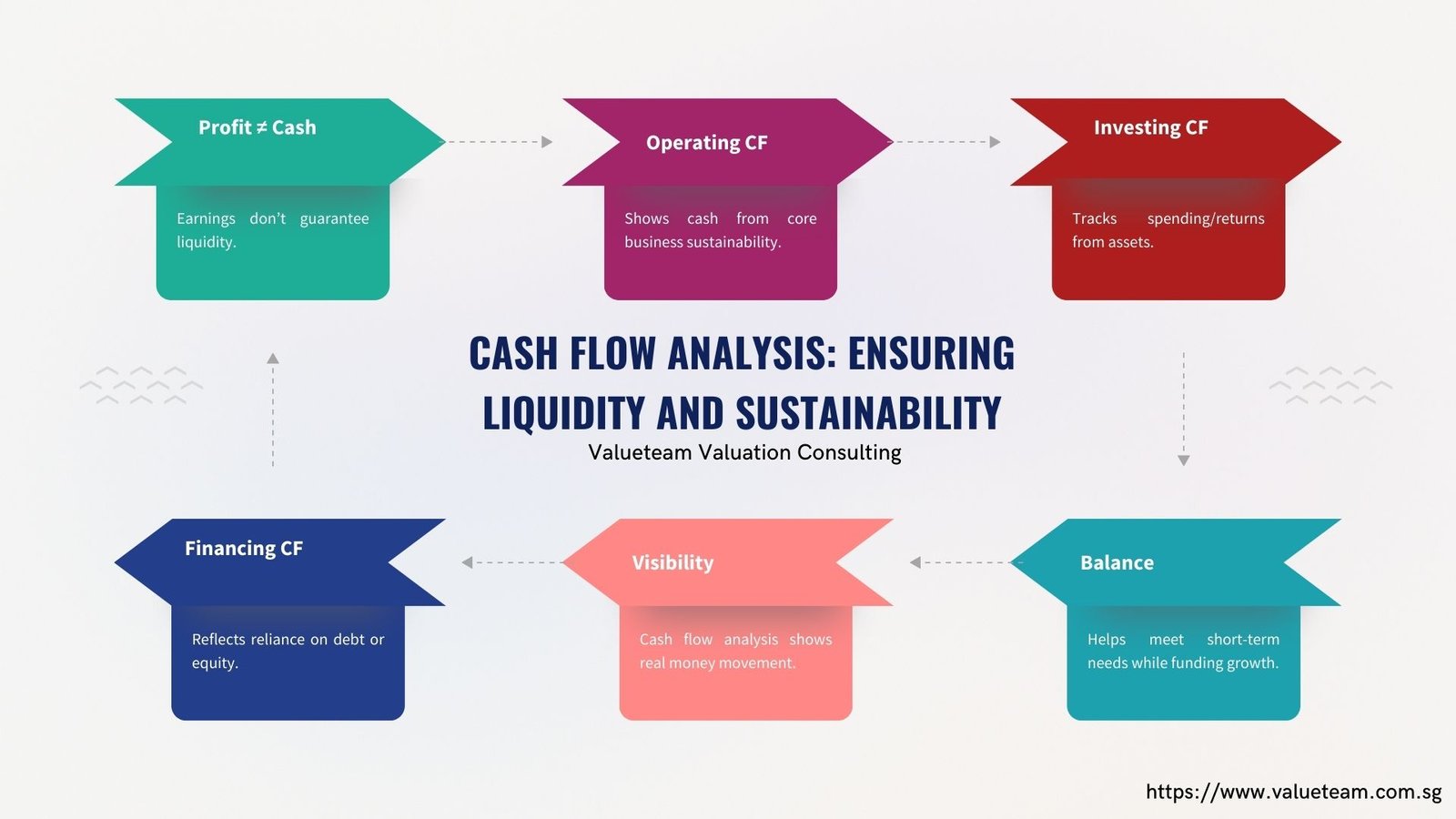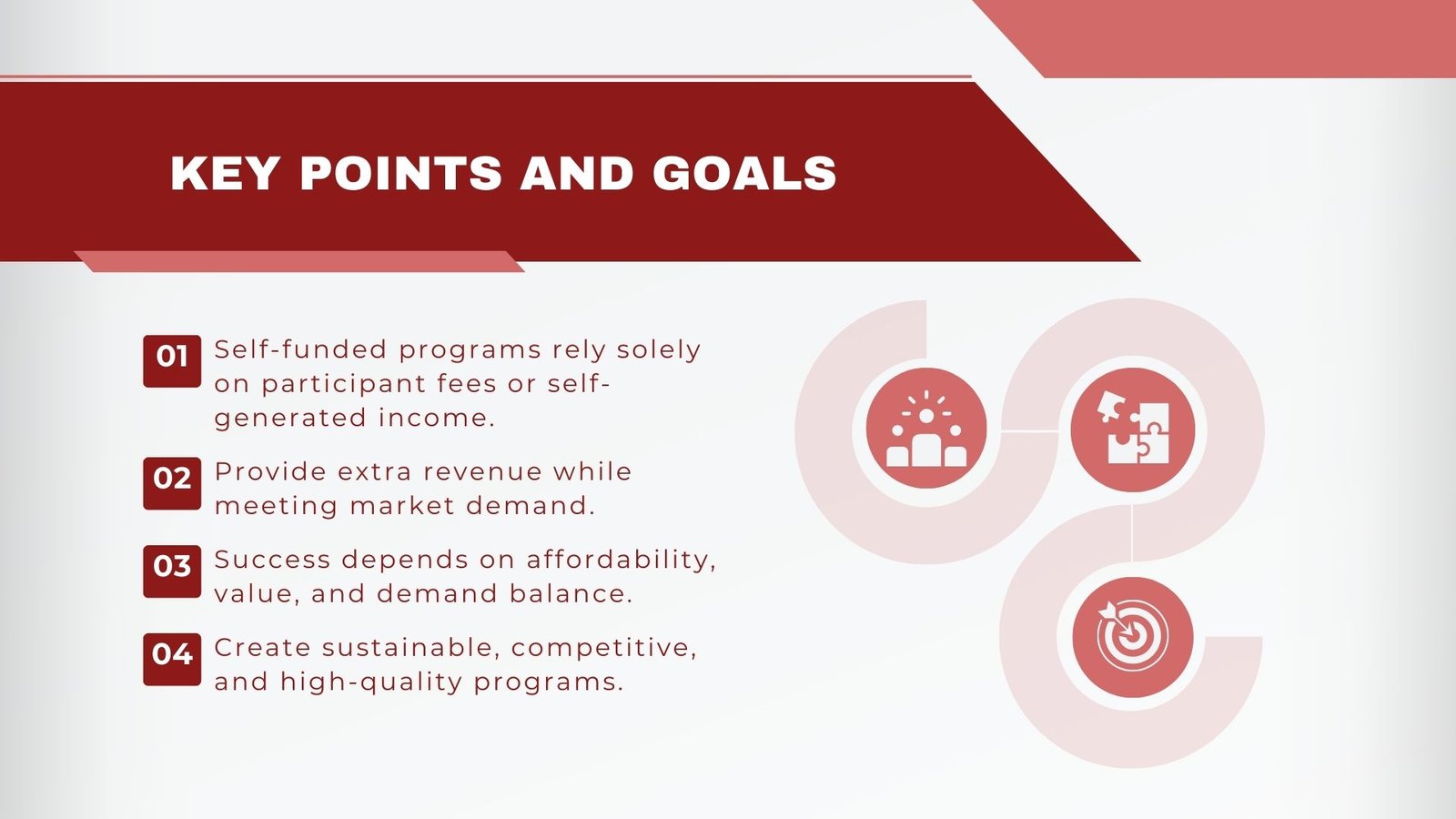
Master Finance Program Risk Reporting for Financial Institutions
Master Finance Program Risk Reporting for Financial Institutions
Understanding Master Finance Program Risk Reporting
Self-funded programs have risen as a significant model in education, training and professional development and provide an additional revenue stream to the institutions and organizations besides satisfying the market. These programs have only participant fees or other self-generated income as their sole source of financing as opposed to government-funded or government-subsidized programs. This is why strategic planning is so important since the success of the program in terms of its financial viability is balanced between its affordability, value and demand. Starting such programs demands not only academic or professional knowledge and skills but a clear vision of where to set the market positioning, operational effectiveness and sustenance.
This guide addresses the necessary points of the successful introduction of self-financed programs, starting with the determination of market opportunities to the placement of self-financed programs as competitive and up to date throughout the years.
Identifying Market Demand and Program Niches
The introduction of a self-financed program requires the initial and, perhaps, most crucial step that is identifying the location of the demand. Lacking an audience or need in the market, the danger of failing to meet the required financial performance grows dramatically. Institutions must start by performing a thorough market research which could involve examination of the trends in the industry, offerings in the industry and skills gaps that may arise. Leading to the example as a training of professionals, new rules or systems can give rise to the fact that certain skills are now required and this demand can be satisfied by a properly built course.
Great care should also be taken based on the willingness and ability to pay off the target audience when deciding the niche to operate. In case of higher education, this may mean locating the students that may be seeking highly specialized qualifications that are nowhere to be found. In the case of corporate training, it could mean direct training on skills that have an effect on productivity and business drivers. One of the most effective approaches to achieve stable enrollment and customer satisfaction is ensuring programs align with real-world labor market outcomes. This is why a Market segment strategy course Singapore can be highly valuable, helping institutions design programs that meet both industry needs and learner expectations.
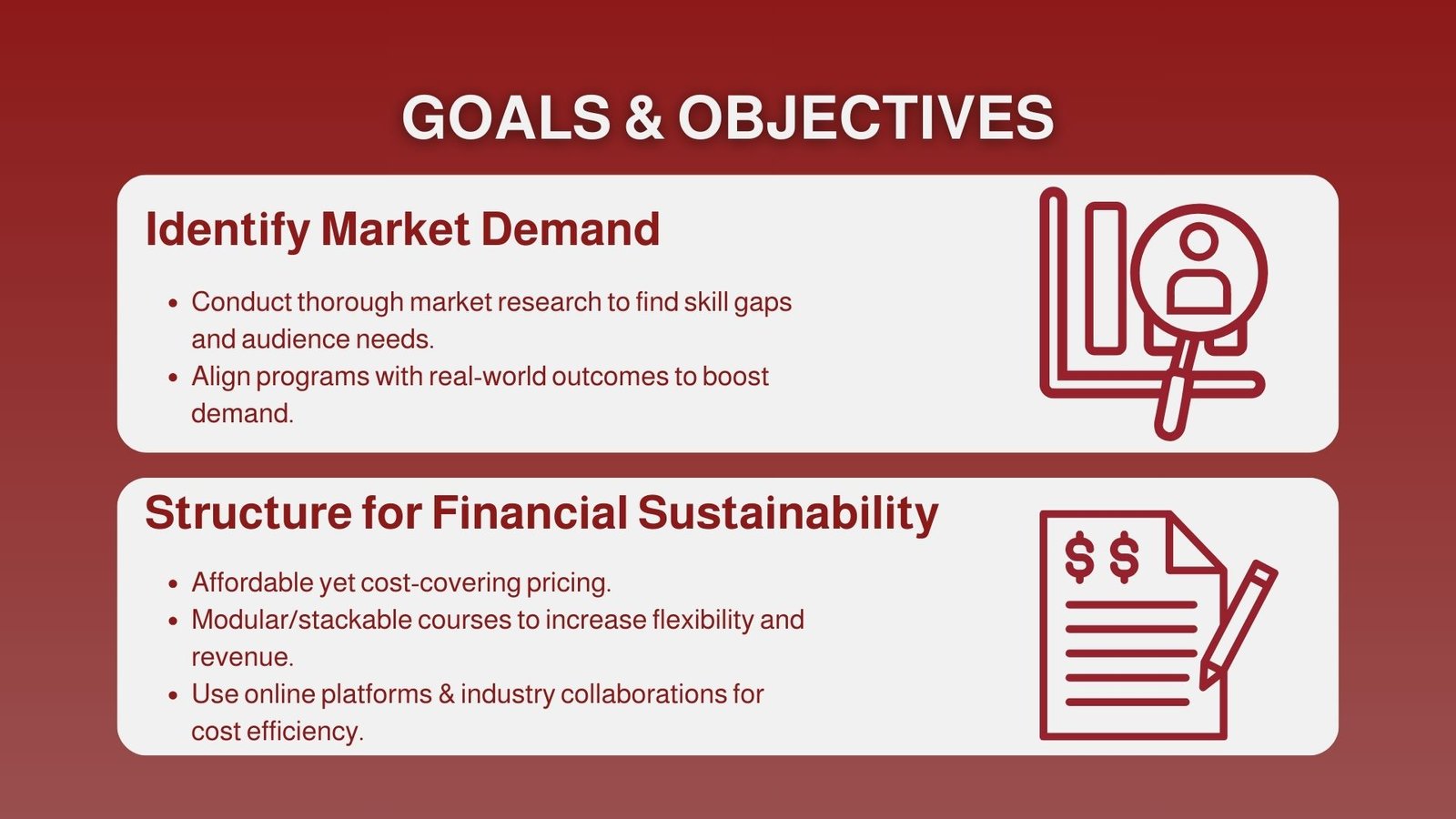
Structuring the Program for Financial Sustainability
After identifying a niche, it is important that the structure of the program is set in place to ensure that it is cost effective but has a future income generating capability. Because self-financed programs are funded by the participants only, tuition fee should be affordable, but meet the cost needs of the various expenses to be taken care of, including faculty salaries, materials, marketing, facilities, and administrative support.
Another way to promote sustainability is to create modular programs so that there will be flexibility in delivery and prices. The smaller, modular and stacking courses are more inviting to engage a number of participants and have an opportunity of integrating modules into a higher level of certification. The approach does not only increase the access of the program but also helps the institution to administer more efficiently.
Collaborations with industry can serve to aid sustainability as well. As an illustration, the co-branded programs (or exhibition of corporate sponsorship) may help lower the costs of the participants and the establishment. On the same note, the use of the online platform will greatly cut on the costs of delivery and will cover a wider audience particularly where the programs involve participants who are located in diverse areas.
Marketing and Positioning for Maximum Enrollment
An effective program can only work out when properly marketed. In self-financed programs, it is necessary that the marketing plan should be on pushing the message of value and ROI to prospective participants. This will be done by clearly stating how the program will enhance skills and career development or offer special opportunities that would make the program worth the price.
The use of digital marketing becomes of central importance in the process of reaching the right audience. On social media campaigns, paid advertisements, all the way to search engine optimization can lead to awareness creation and inquiries whereas email marketing can be used to foster interest, amongst potential students. Cases and case reports, testimonials, and industry certifications are utilized to add credibility.
The differentiation should also be incorporated in the positioning of the program. In case of the existence of such programs, institutions need to focus on the uniqueness of theirs, whether they plan to use professional trainers, an exclusive curriculum, closer ties to the industry, or extended post-program services. Such competitive distinction is essential where there are a lot of options available to the market players.
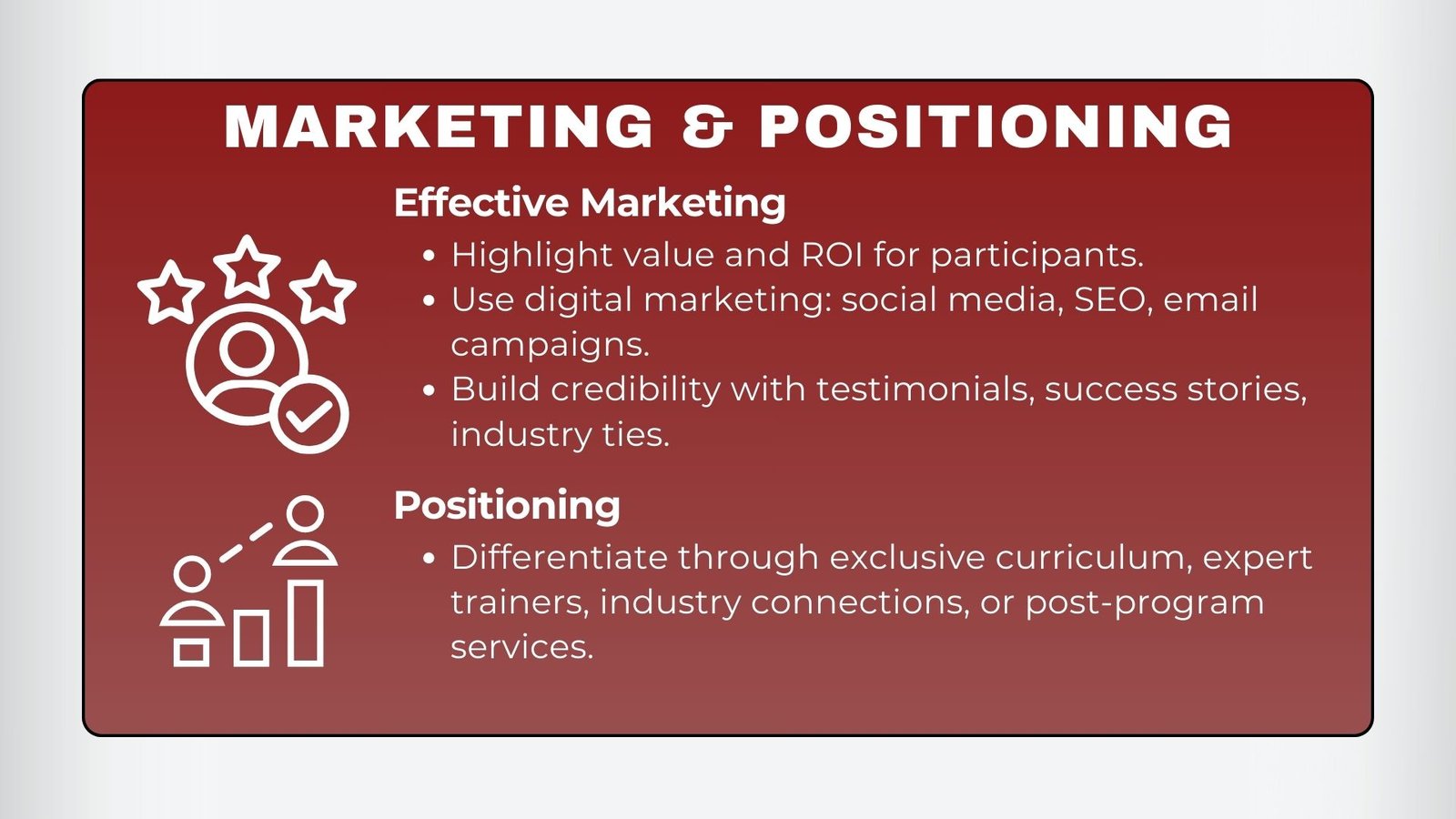
Delivering High-Quality Learning Experiences
Participant experience is very important to the success of a self-financed program. Satisfaction to the quality of the program will lead to positive word of mouth, repeat enrollments to the advanced modules, and referrals. Quality delivery implies properly trained educators, and curriculum that is devised and updated, and educative processes that will suit the needs of the participants.
With hands-on programs, this may imply developing interactive workshops, case study discussions and networking activities that are of value beyond classroom education. In the case of online programs, the activity includes interactive platforms, multimedia contents, and live sessions which maintain the involvement of the participants to the extent that the nature of the program is not remote.
It is necessary that continuous improvement be achieved. Institutions ought to generate feedback at the point of every session or cohort outlining areas of improvement. This will be a feedback loop to maintain the program relevant to the changing industry requirements and expectations of the participants.
Ensuring Compliance and Professional Standards
Most self-funded schemes, and particularly those in a regulated sector, will have to be subject to either accreditation or professional standards. By complying with such standards, the area of credibility is improved, not to mention drawing to its participants, who pay attention to the official acknowledgement of their qualifications.
Institutions must be clear in terms of the credit they will give upon completion which may be a professional certification, continuing education credits, or institutional diploma. Absence of accreditation should be compensated by creating alliances with trusted organizations or industry associations that will increase the program credibility.
In addition to formal commitment, it is also vital to meet high standards in ethics and operations. Open pricing, code of clear rules on refunds, and truthful promotions generate trust and prompt beneficent relations with participants.
Monitoring Performance and Scaling for Growth
Obviously, coming up with a self-paid program is not the final step of the process, but the first step that will require a cycle of reviewing and upgrading. Institutions are supposed to look at trends in enrollment, completion rates, satisfaction of the participants and financial performance. Such measures can be used to decide how the program is doing in terms of achieving its goals and where it should be changed.
As time goes by, winning programs may be replicated or expanded into new markets. This may include extension of higher levels, entry into new geographical jurisdictions or changing the program to suit other industries. There must be enough resources and a clear plan to grow in a good direction ensuring the quality never suffers along with guaranteeing the ability to reach more customers.
Technology may be an agent of growth. Automatic marketing systems, learning management systems, and data analysis platforms may facilitate efficiency, enhance participation, and give decisions that lead to their directions. With the use of those tools, institutions will be able to handle more significant cohorts and still provide participants with the individualised experience that makes them satisfied.
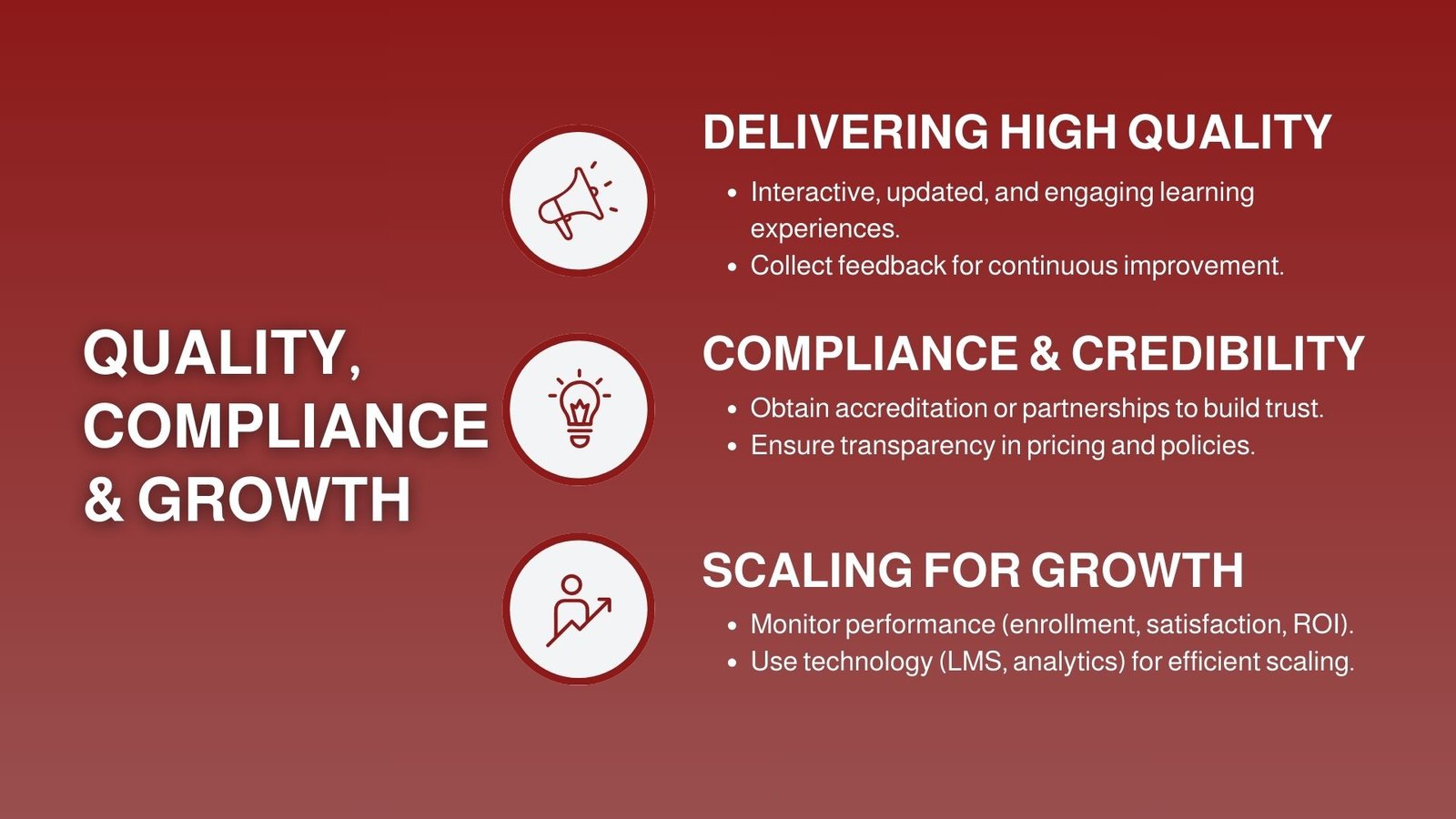
Conclusion: Master Finance Program Risk Reporting
Self-financed programs are a challenge and a chance to institutions. They are a very important source of revenue that does not require government subsidies and they also cater to actual market demand in professional development, training and education. Nevertheless, their success cannot be by chance. These programs must be well planned, well constructed, and monitored to make sure that they are both fiscally viable and academic or professionally sound.
The core of the sustainable program design is the synchronisation of market need, affordability and value creation. Institutions need to carry out stringent researches and find areas where there are gaps in skills and where the members involved will be willing and capable of investing. Programs that provide concrete career or business results are much more apt to draw consistent enrollments and to be relevant as time goes by. Similarly, the organization of tuition and modular systems is a wise way of ensuring that participants can obtain the facilitation and the institution avoids compromises in its long-term financial sustainability.
Positioning and marketing plays equally important roles. A self-funded program should have a clear value proposition that should be described in terms like industry alignment, content exclusivity and quality faculty. Feeding back on the returns on investment to participants in the form of testimonials, case studies, and online outreach strategies helps to build trust and lead to enrollment. Successful programs in competitive markets are differentiated.
In addition to the first-time engagement, the real long-term determinant of quality is the quality of the program. The presentation of interesting, current and result-oriented learning programs promotes customer satisfaction and repeat attendance as well as referrals. The best institutions are those that establish feedback loops and strive to improve continuously so that they can adjust to the needs of the industry. Technology-enhanced platforms also make accessibility and engagement easy and allow institutions to expand without compromising quality.



